
By David Robie in Manila
Operating out of a modest three-roomed rooftop suite overlooking the local marketplace in the rice-producing Bicol township of Vinzons, a tiny Filipino community radio startup is quietly making its mark.
Radyo Katabang 107.7FM only began broadcasting two years ago out of a studio lined with egg-container acoustic buffers in the Camarines Norte community in the central Philippines island of Luzon.
But it has already picked up a national community radio award for best coverage of community event.
MORE: Radyo Katabang wins a Nutriskwela national award
It is the only media in town, although Vinzons does have a “sustainable tourism” municipality social media page for communications.
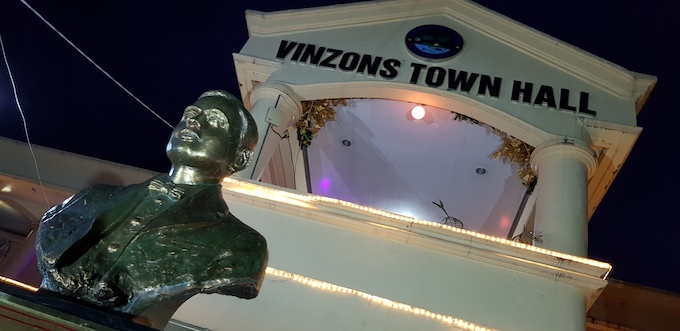
Vinzons was famously renamed from Indan in 1959 in honour of a local wartime resistance hero who fought against the Japanese Imperial Army before being captured and executed.
At the time of the Japanese invasion, Wenceslao Q. Vinzons, was governor of the province after being the youngest member the 1935 Constitutional Convention.
The town is proud of its most famous son who was regarded as a visionary leader and respected for his “advocacy for clean government and moral leadership” until his death in 1942.
Radyo Katabang’s core team of 11 are mostly volunteers but their dedication and pride in the station and community was amply demonstrated at their recent end-of-year Christmas party that I attended as a guest.
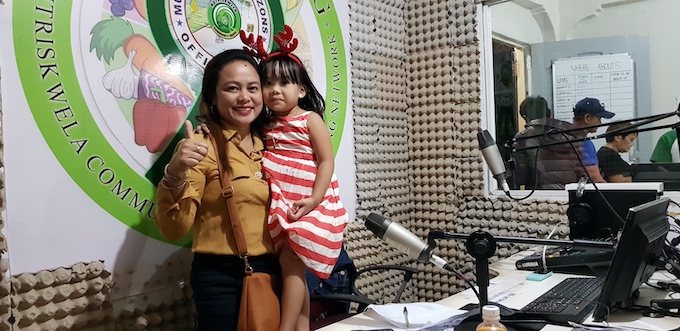
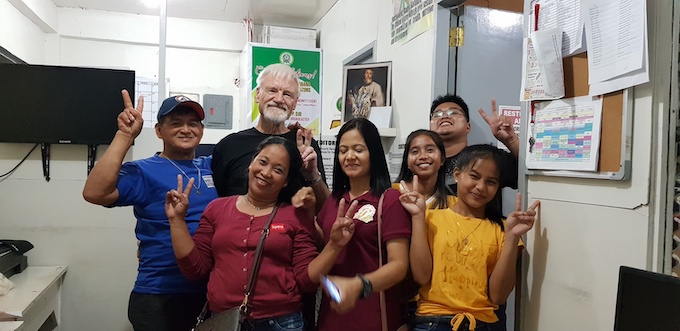
Three community stations
Only three community radio stations like this exist in Bicol and Radyo Katabang is all Vinzons has for news and information – there is no local newspaper for the widely spread community of 46,000, which includes the offshore Calaguas Islands, and rarely do copies of the national daily press circulate this far from the provincial capital Daet, an 9km tricycle or jeepney ride away.
National television stations hardly ever run stories about Vinzons.
But the Radyo Katabang crew are under no illusions about the vital importance of their local station for education, disaster risk reduction strategies and combating malnutrition – many coastal barangays (villages) are remote and can only be reached through mangrove-fringed waterways or the open sea.
Merle Fontanilla, chair of the Community Radio Council, praises the support of the Local Government Unit of Vinzons for launching and continuing to back the radio station – part of the national Nutriskwela network – to tackle the nutrition and other community welfare issues.
She says Radyo Katabang is about “community empowerment” and is an “outstanding source of information about health, nutrition and development” since 2017.
“Our station discusses the lives of the local people as reflected in the reduction of malnutrition and boosting health through community broadcasting.”
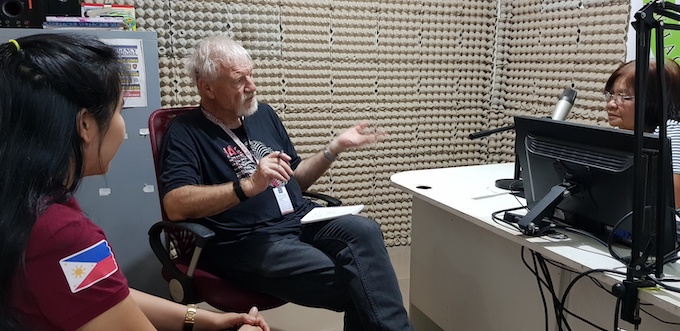
The station’s editorial policy is declared on the studio wall, guided by the principles of “balance, integrity and accuracy” with the belief that they can fill the gaps left by mainstream media shortcomings.
Independent alternative
“Nutriskwela shall be a reliable, independent alternative to mainstream media,” begins the policy pledge. “It provides balance to listeners, by focusing on underreported communities and stories not heard in commercial radio and highlighting positive and developmental stories, particularly correct nutrition behaviour and good practices in nutrition programme management.”
On diversity, the radio station declares:
“Nutriskwela shall seek out a multitude of perspectives and diverse voices, particularly from underrepresented communities and identities.
“Nutriskwela shall focus content on local issues and grassroots activities. It shall promote an analysis of the news that will lead to dialogues and understanding among individuals of different communities across the Philippines.”
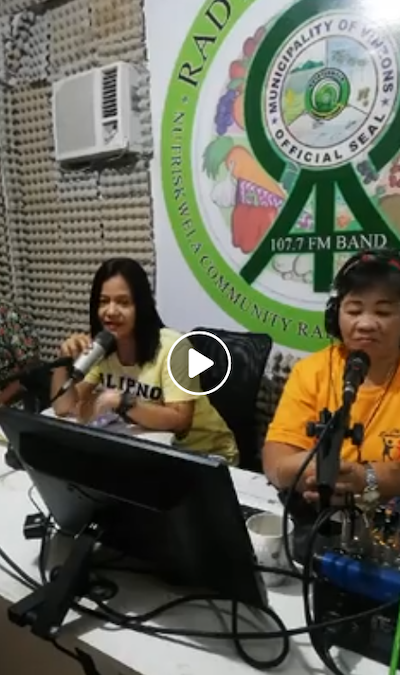
Fifty one radio stations belong to the Nutriskwela community network, which states on its website that the programme was launched by the National Nutrition Council in 2008 with the help of the Tambuli Foundation as a “long-term and cost-efficient strategy to address the problem of hunger and malnutrition” throughout the Philippines by using radio – “the most available form of mass media”.
At the end of its first year of broadcasting in 2018, Vinzons was “marooned” by a savage typhoon – Usman (the Philippines averages about 21 typhoons a year in different parts of the country) that killed 156 people. It was vital to communicate to remote parts of community isolated by flooded ricefields and no electricity for three days.
Emergency generator
However, without power the 300 watt Radyo Katabang transmitter was forced off the air. Last year, the municipality responded by funding a 10kva emergency power generator for 250,000 pesos (NZ$7500).
This was a critical investment for the radio station’s important disaster risk management role. Radyo Katabang also maintains a rooftop garden to follow through on its nutrition advice to the community.
As a community station, Radyo Katabang carries no advertising or political news and it relies on municipality funding and donations to keep it afloat.
Community broadcasting in the Philippines faces a difficult mediascape compared with several other Asia-Pacific countries, according to speakers at the fourth AMARC regional conference for Community Radio in Yogyakarta, Indonesia, in November 2018.
This was attended by more than 200 broadcasters, networks and civil society organisations, including the World Association for Christian Communication (WACC) partner AlterMidya – People’s Alternative Media Network, which has more than 30 member organisations in the Philippines.
“Unlike corporate media newscasts, the stories which appear in our newscast, ALAB Alternatibong Balita [Alternative News], are deeply rooted in the daily struggles of communities of workers, farmers, indigenous peoples, migrants, urban poor, women and youth,” writes Ilang-Ilang Quijano in a WACC Global commentary.
Storytelling in diversity
“The ALAB newscast and public affairs shows are broadcast to member community radio stations and programmes throughout the Philippines.”
Storytelling in newscasts that span diverse communities in several islands, and in local languages “is invaluable”.
Among radio stations in this network are Radyo Sagada, broadcasting in the mountainous Cordillera region and run by mostly indigenous women, and Radyo Lumad 1575AM, a community station run by the Higaonons in central Mindanao.
Back in Vinzons, Radyo Katabang’s programme manager Fely Koy is optimistic about the empowerment future of her Nutriskwela community station in making an impact on public health.
And the meaning of Radyo Katabang? It is a Bicolano word meaning “ally or helper”.
Professor David Robie, director of the Pacific Media Centre, was recently in Vinzons, Camarines Norte, Philippines, on his research sabbatical.
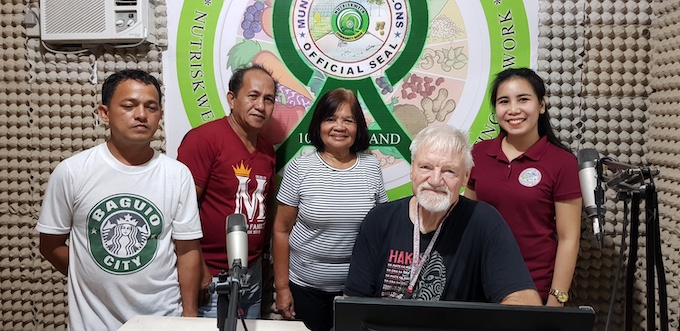



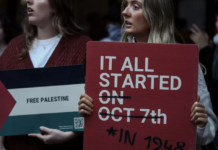


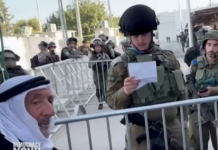
























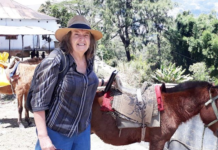















Thank you Professor David for featuring our Community Radio Station Radyo Katabang 107.7 FM on your article. 🙂
Comments are closed.